Table of Contents
Happy Monday!
This week we're diving into something that's been on my mind lately - how learning and writing seem to follow the same patterns we see in nature's growth curves. As both an ecologist and a writer, I can't help but notice these parallels.
Let's explore why this matters for how we approach our own development.

The nature of growth curves
In nature, growth rarely follows a straight line. Whether we're looking at bacterial colonies, plant development, or population dynamics, we typically see an S-shaped curve called a sigmoidal growth curve. This pattern has three distinct phases:
1. The lag phase - where growth is slow as systems establish themselves
2. The exponential phase - where rapid growth occurs once foundations are in place
3. The plateau phase - where growth slows and stabilizes
What fascinates me is how this same pattern appears in our learning and writing processes. And if we know this pattern exists, then we can use it to enhance our learning and processing of the world.
Learning like nature grows
Think about the last time you learned something new - perhaps a language, a skill, or a complex concept. At first, progress felt painfully slow. It pains me how slow my learning is a lot of the time! You will be glad to know this overlays perfectly with the lag phase of growth, where we build understanding and mental frameworks. This is like a seed establishing its root system before visible growth begins.
But just as the seed reserves run out after what feels like an age, something magical happens. With your foundations in place, you hit the exponential phase. Suddenly connections form rapidly, concepts click together, and progress accelerates. Think of how a plant shoots up once its roots are established and it has the right conditions for growth. The more you can anchor your new learning with the ecosystems you already have in place in your mind, the quicker this phase will be.
Finally, you reach a plateau - not because you've stopped learning, but because you've reached a level of competency where further improvements become more subtle refinements rather than dramatic leaps.
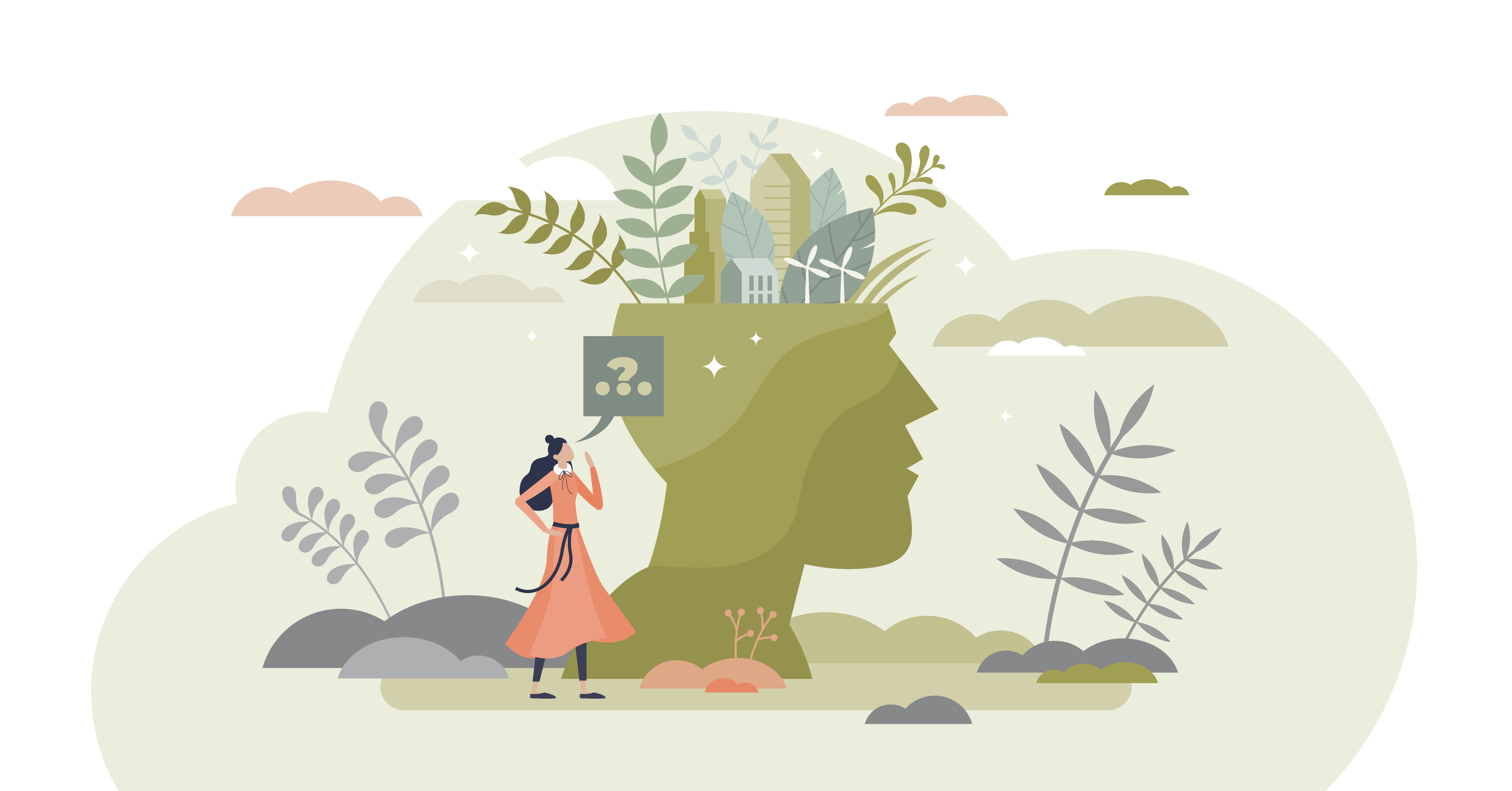
Growing at an ecological pace
As I've observed in my own writing ecosystem (and those of fellow researchers and writers), our development mirrors this growth curve:
- The Lag Phase: Those early drafts where we're struggling to find our voice, building our "soil structure" of ideas and processes. It's slow, sometimes frustrating work, but it's essential groundwork. Getting that first paper published takes an age - I’m still getting there! - but it does too for established scientists.
- The Exponential Phase: Once we've built our basic foundation, ideas begin connecting more rapidly. Words flow more easily, and our ability to express complex thoughts improves dramatically.
- The Plateau Phase: We reach a comfortable level of competency, where growth becomes more about refinement and mastery rather than dramatic improvements. At this point we have more confidence in our own our ideas and we develop our voice.
Why understanding this pattern matters
When we understand that our learning and writing naturally follow these growth patterns, it changes how we approach our development:
1. We become more patient during the lag phase, knowing it's a natural and necessary part of the process
2. We can better recognize when we're about to hit exponential growth, helping us persist through challenging periods
3. We understand that plateaus aren't failures - they're natural resting points where we consolidate our gains, build our resilience - and reap the rewards!
Most importantly of all, for me anyway, is to learn to trust this process. Although it is incredibly frustrating in the first phase, trusting in my daily habit compounding, is one of my most valuable lessons.
I built this newsletter on the basis of learning about ecological processes for my PhD and finding connections between this and how we manage knowledge and operate on a day-to-day basis. It’s not a get rich quick scheme, but a hope that one day it will reach an exponential phase.
💡 I’d highly recommend reading “Atomic Habits” by James Clear if you are curious about compounding growth.
Rethinking the "plateau"
Another thing I've come to realize is that true plateaus in learning and writing might be an illusion. What we perceive as a plateau is often just a shift in how growth manifests. Think about a mature forest - while vertical growth and species turnover might slow, the ecosystem continues to evolve in complexity, biodiversity, and resilience.
In our learning and writing:
- What looks like a plateau might actually be a preparation phase for the next growth curve
- The end of one project often seeds the beginning of another
- "Plateaus" can be periods of lateral growth - expanding breadth rather than depth - all those little things which make our ecosystems more resilient and efficient, and less replicable, in the longer run
- Sometimes what we see as stagnation is actually integration and consolidation
- It’s when we have most capacity to expand into other areas
This mirrors what we see in natural systems. A climax-stage forest doesn't truly plateau - it cycles through seasons, adapts to changes, and continuously evolves. The apparent stability masks constant dynamic change underneath.
I think we can get a false illusion that things ‘stop’. However in a way it is the most valuable stage, because its when resilience develops.
We don’t see it, but with climate change, these forests we think are static, are actually moving at about 0.5m/year.

Making peace with the pattern - don’t fight nature!
Just as in nature, forcing growth rarely works. A plant won't grow faster just because we want it to - it needs the right conditions and time to develop its supporting structures. An overly lavished plant is weaker than one that meets a few challenges along the way. Think about those herbs you buy in the supermarket that keel over a few days after you buy them. It might be a short term gain, but it’ll knacker you in the longer run.
Similarly, our learning and writing need space to develop naturally. The key is recognizing that different types of growth happen at different times.
💡 Action Point: Instead of asking whether you've hit a plateau, ask yourself:What type of growth am I experiencing right now?What's happening beneath the surface?How might this "plateau" be preparing me for the next phase of growth?What new directions could my learning or writing take from here?Is my rate of growth built on sustainable foundations?
Looking forward
Next week, we'll explore specific strategies for nurturing growth during each phase of the curve. Until then, remember that like any ecosystem, your development needs time, patience, and the right conditions to thrive.
See you next week (hopefully)!
Annette 🌿
Do you recognize these growth patterns in your own learning and writing journey? I'd love to hear your thoughts in the comments! Make sure to subscribe 👇
A note on how I use AI: Whilst I would love for this to be 100% my own creation, I now use Claude to help me structure and write these posts. I have trained it on copious amounts of my own writing to help develop my voice. The ideas and concepts are my own, and I thoroughly edit and develop the posts. If I don’t use AI to help me, my ideas and writing will never see the light of day; it’s already 4:45am as I first draft this.
🧪 Sharpen Your Skills
- If you are early career and your research aligns with New Phytologist, you may be interested in applying for next generation scientists
🧫 Interesting Stuff
- Although we are encouraged to read and cite papers from the last few years, you’ll learn a lot from reading the old stuff!
⌛ In Case You Missed It
In case you missed my last newsletter, I talked about life and death in ecosystems:
The Writing Ecosystem: Life, Death, and Rebirth in Our Creative Process [🧠 Brain STREAM 27]Every ecosystem tells a story of creation and destruction. Natural environments may look beautiful but they are a battle ground for survival. As an ecologist and soil scientist, I can’t un see what I know really goes on. As a …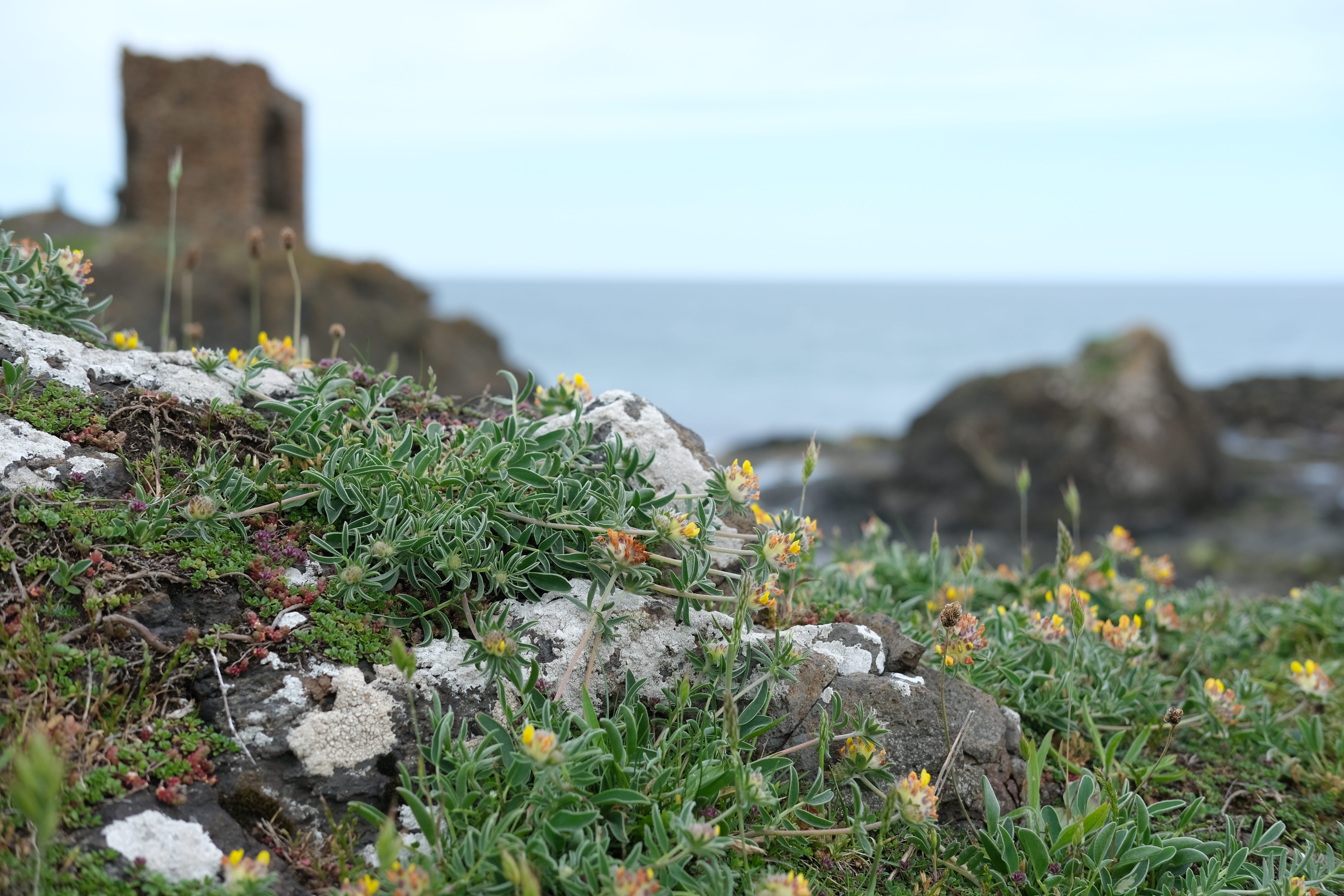
I’ve joined Bluesky - follow me for notifications of future newsletters
Quote of the Week
“We are what we repeatedly do. Excellence, then, is not an act, but a habit”
- Aristotle
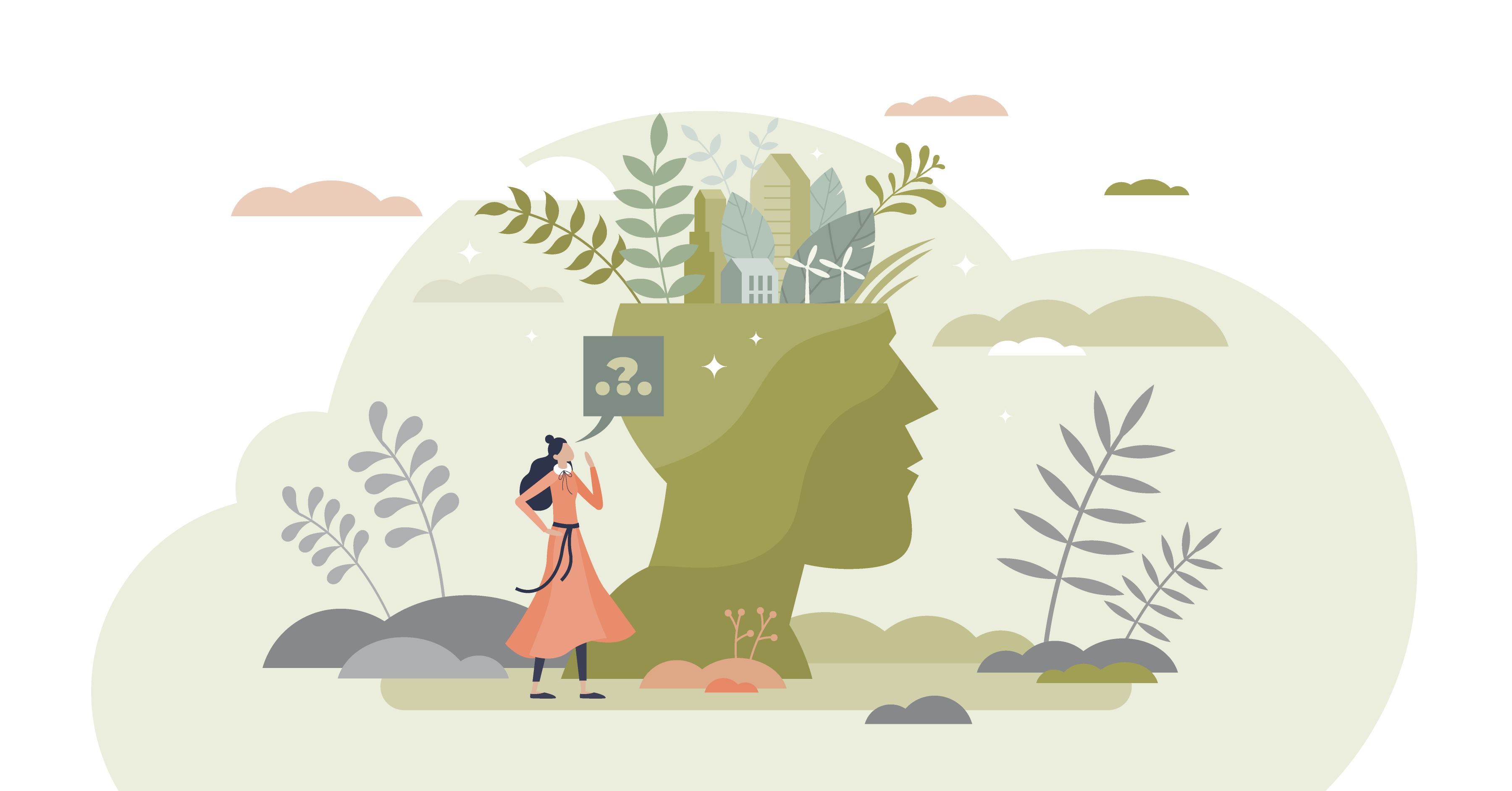




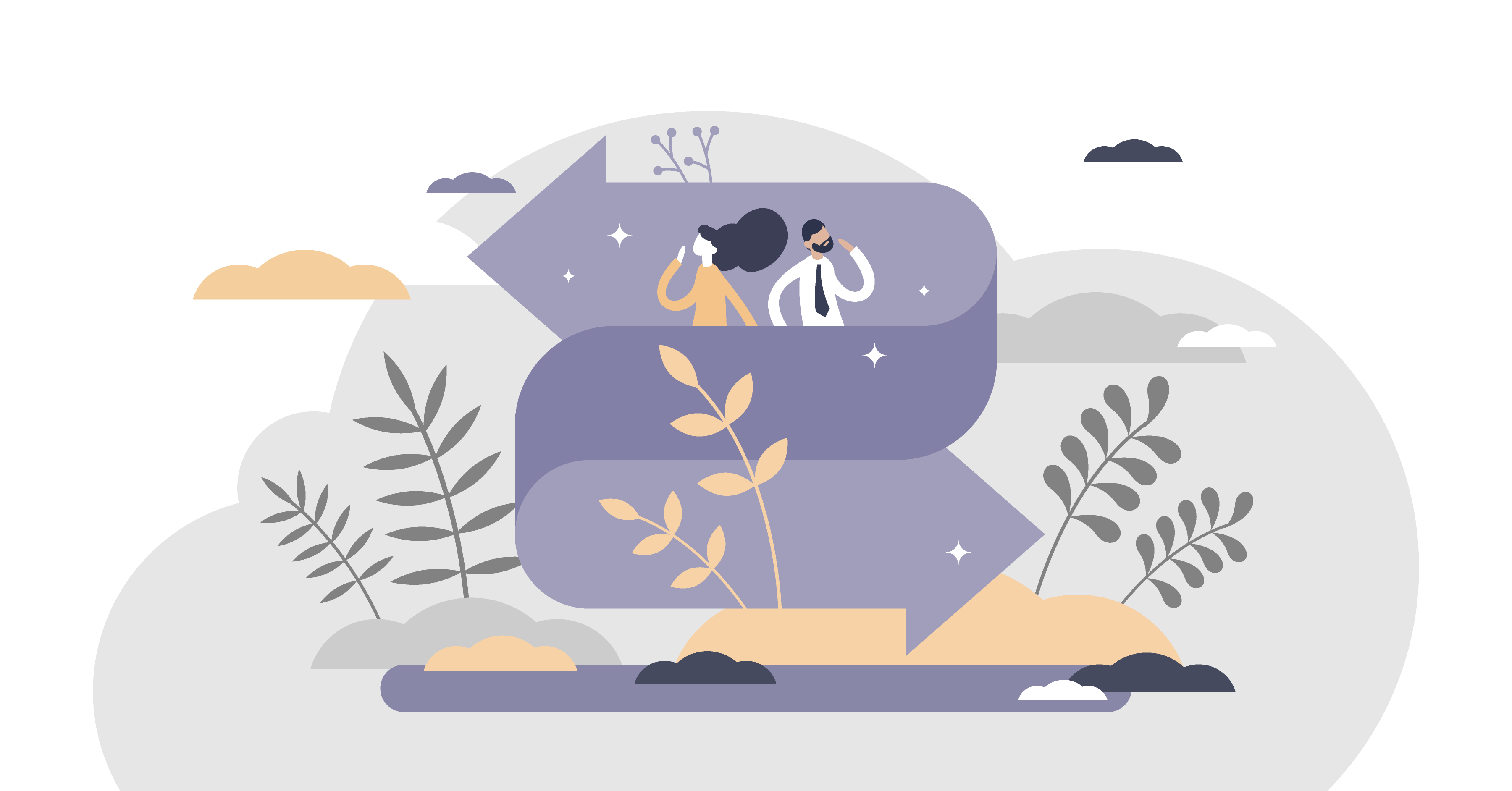


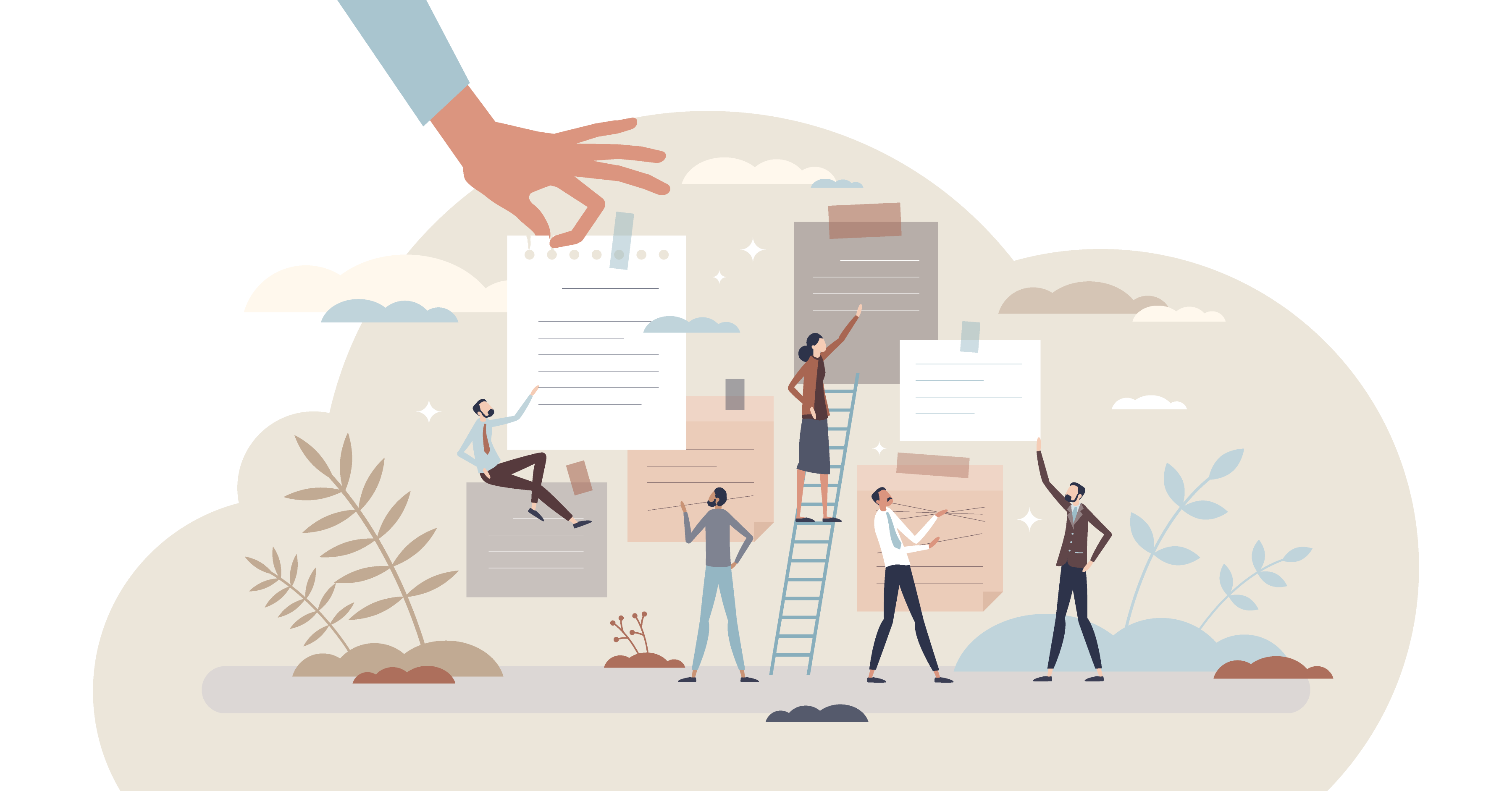
Comments